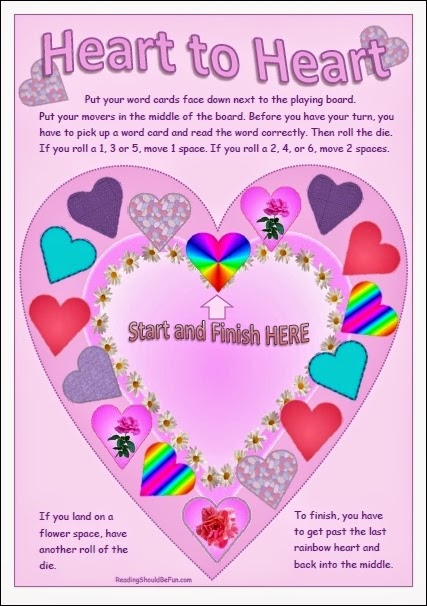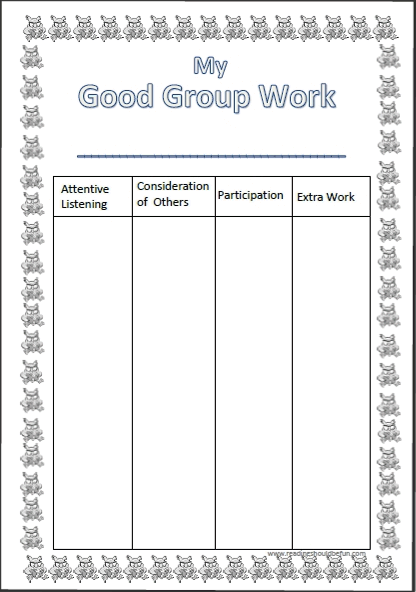To encourage children to speak distinctly, I use poems, songs and nonsense words. Poems and songs can be said or sung using slightly exaggerated articulation and rhythm, without seeming odd. Children can learn simple rhymes and songs, and can have a lot of fun reciting or singing them together, or even individually as they gain confidence.
You can find children's songs easily on the Internet. If you play guitar or ukulele, that can help to maintain a rhythm, to encourage children to sing audibly and to make the songs more fun. If you're just learning, don't be scared to have a go with your children - it's good for children to see adults learning a new skill and even making mistakes! I have a site for beginner or more advanced guitar/ukulele players (cathyschords.com), with a page of children's songs:
Poems can also be lots of fun; I've already posted (here) about poems and alliteration and my poems-for-children.webs.com site. You can make up simple rhymes with children, and of course they love to have one about themselves. I used to have a book of 'personal poems' for my pre-schoolers, with their own illustrations; the children took great pleasure in 'reading' them to the group.
Nonsense words are also great fun for children as well as being a good way to develop awareness of the sounds and structure in words. You can make up a list of nonsense words that all rhyme with one word or name, then make up a poem using the words, and read it out with varying expression and lots of facial movements.
One challenge for my 'expressive language' group was to make up the silliest word they could think of, then say it 3 times so it sounded different each time (they could write it out in different styles, too). This is a quick activity that can be repeated as often as you like.
Remember, when you are speaking to children, to articulate words clearly, and make sure the children are facing you so that they can see your mouth. This not only sets a good example, but of course helps them to differentiate words and sounds - valuable for developing their speech and their reading skills.










